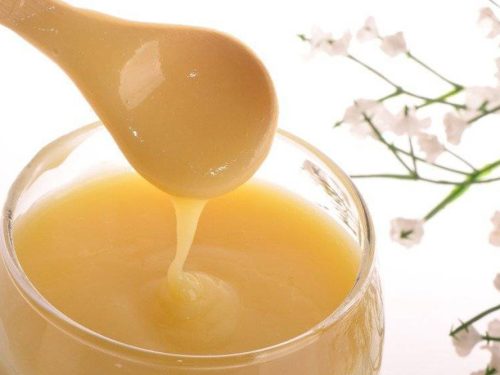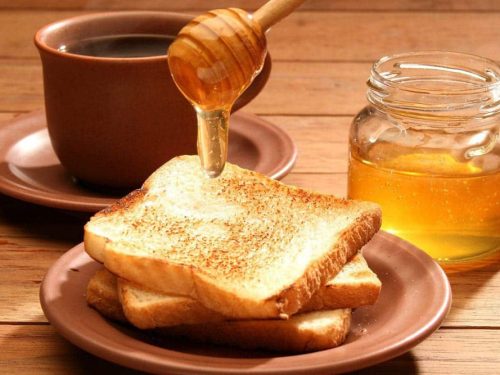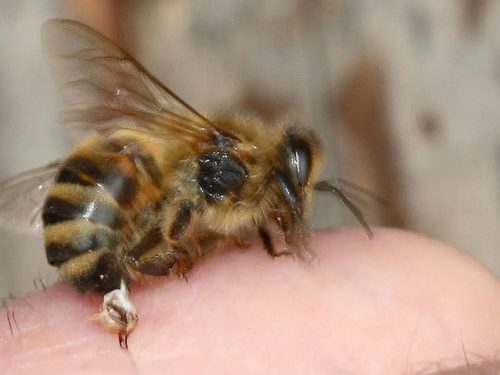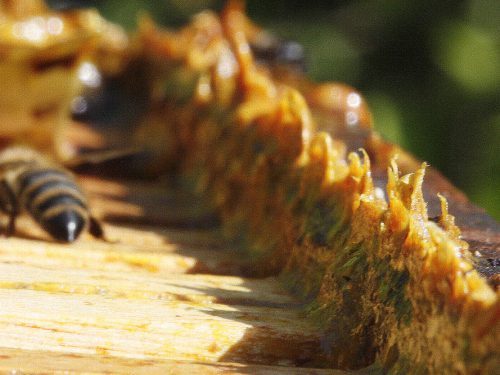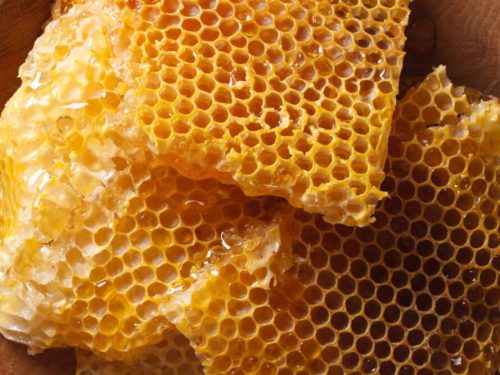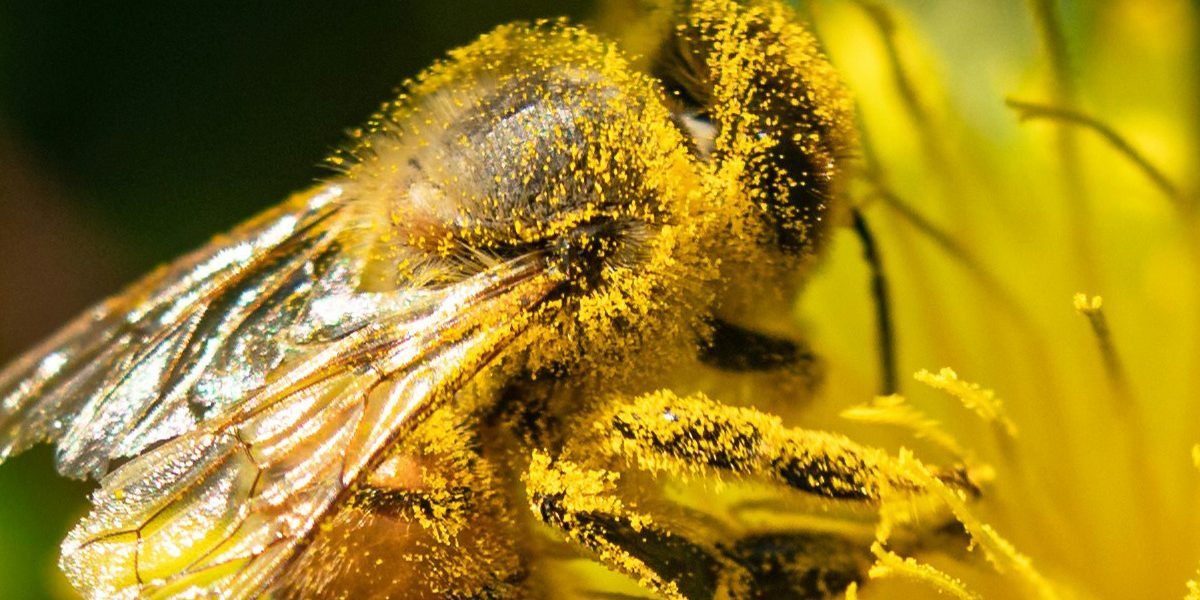
Polen je veoma važan proizvod koji su nam darovale pčele. Njega ima svuda oko nas, odnosno sve biljke cvetnice svoje postojanje baziraju baš na polenu.
Nauka polen definiše kao sitan prah koji se sastoji od muških gametofita golosemenica i skrivenosemenica. Po pravilu svako zrnce polena koje ima različit oblik kod svake vrste biljaka sadrži po pravilu dve vrste ćelija, vegetativne i reproduktivne. Zajedno sa ženskim gametofitom on obezbeđuje produženje mnogih vrsta biljaka već milionima godina.
Mnogi insekti, a ponajviše pčele odavno su prepoznale hranljive vrednosti polena i pored nektara sakupljaju ga i skladište ga u saću. Obilazeći cvetove pčele deo polena svojim telima raznose po drugim biljkama i na taj način izvršavaju jednu od najbitnijiih dužnosti u prirodi bez koje ni čitava planeta ne bi funkcionisala a mi ne bismo imali svo ovo divno voće i povrće.
Hemijski polen se sastoji od belančevina, masti, ugljenih hidrata, vitamina i drugih supstanci. Kao što smo rekli polenova zrnca se razlikuju po obliku, veličini i boji te se tako veliki broj polenovih zrna kreće u rasponu od 0,015 – 0,050mm, a kod samo malog broja biljaka (npr. tikava) dostiže do fantastičnih 0,15 – 0,20mm. Pčele po obilasku cveta polen, po najviše uz pomoć enzima, grupišu na zadnjim nogama i po dolasku u košnicu odlažu ga. Po boji polena možemo zaključiti sa kojih biljaka potiče, tako suncokret i hrast daju žuti polen, tamno crveni kesten i kajsija, braon daje bela detelina, svetlozeleni daje lipa itd. Mešavina meda i polena zove se perga i potrebna je za razvoj larvi i mladih pčela a preko zime med i polen predstavljaju osnovnu hranu svih pčela. Pčelari polen sakupljaju uz pomoć posebnih hvatača koji pčelama polen sa nogu skidaju pri ulasku u košnicu tako da kad pčela dođe da odloži svoj teret koji je mukotrpno sakupljala bude iznenađena da je isti nestao. Uprkos svemu pčele i posle toga nastavljaju da sakupljaju bez da budu i najmanje obeshrabrene.
Kao i med ljudi od najranijih dana civilizacije koriste polen koji sakupljaju pčele. Polen se ponajviše koristi zbog svojih hranjivih i lekovitih svojstava i kao takav idealan je za preventivu mnogih bolesti u ljudskom organizmu ali i za poboljšavanje imuniteta i jačanje organizma.
Da nije pčela i njihovog oprašivanja svet ne bi bio onakav kakvim ga danas znamo i mi ne bismo odrastali zdravo i u skladu s prirodom te stoga čuvajmo prirodu i pčelu.
Napomena: Neki ljudi su alergični na polen i treba da ga izbegavaju i budu oprezni kod korišćenja svih pčelinjih proizvoda.

